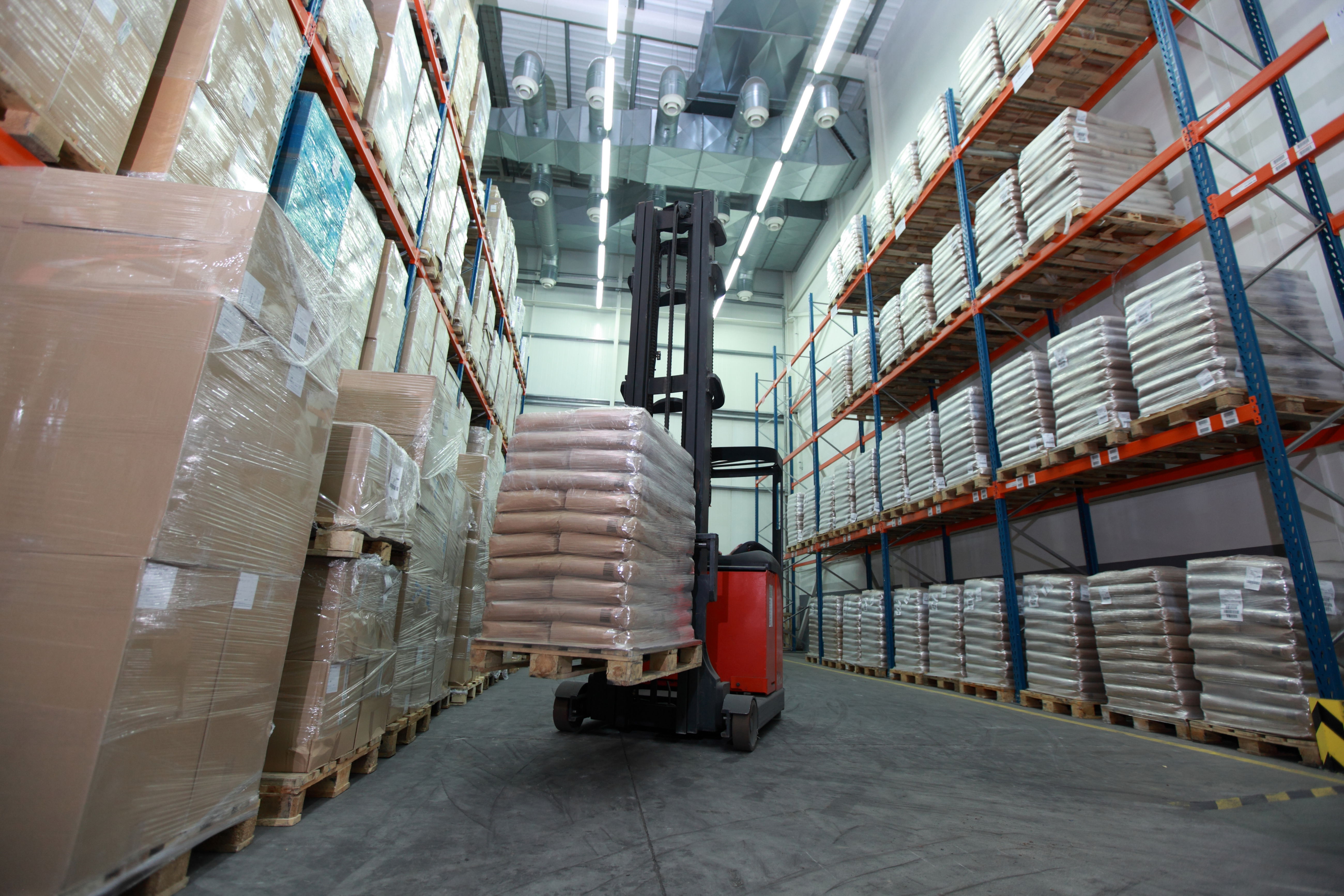Africa - Sugar Crop - Market Analysis, Forecast, Size, Trends and Insights

Market Forecast Driven by increasing demand for sugar crops in Africa, the market is expected to continue an upward consumption trend over the next decade. Market performance is forecast to retain its current trend pattern, expanding with an anticipated CAGR of +0.6% for the period from 2024 to 2035, which is projected to bring the market volume to 120M tons by the end of 2035. In value terms, the market is forecast to increase with an anticipated CAGR of +1.9% for the period from 2024 to 2035, which is projected to bring the market value to $200.4B (in nominal wholesale prices) by the end of 2035.
Consumption Africa's Consumption of Sugar Crop After two years of decline, consumption of sugar crops increased by 2% to 112M tons in 2024.
Over the period under review, consumption showed a relatively flat trend pattern. The pace of growth was the most pronounced in 2018 with an increase of 2.5%. Over the period under review, consumption reached the peak volume at 115M tons in 2019; however, from 2020 to 2024, consumption remained at a lower figure. The value of the sugar crop market in Africa expanded remarkably to $163.3B in 2024, picking up by 5.8% against the previous year. This figure reflects the total revenues of producers and importers (excluding logistics costs, retail marketing costs, and retailers' margins, which will be included in the final consumer price). In general, consumption recorded a relatively flat trend pattern. The pace of growth was the most pronounced in 2018 when the market value increased by 6.1% against the previous year. Over the period under review, the market hit record highs at $169.7B in 2022; however, from 2023 to 2024, consumption failed to regain momentum.
Sugar cane (97M tons) constituted the product with the largest volume of consumption, accounting for 87% of total volume. Moreover, sugar cane exceeded the figures recorded for the second-largest type, sugar beet (14M tons), sevenfold. The third position in this ranking was held by carob (32K tons), with less than 0.1% share. From 2013 to 2024, the average annual growth rate of the volume of sugar cane consumption was relatively modest. For the other products, the average annual rates were as follows: sugar beet (+1.5% per year) and carob (+1.8% per year). In value terms, sugar cane ($158.4B) led the market, alone. The second position in the ranking was taken by sugar beet ($4.8B). It was followed by carob. For sugar cane, market remained relatively stable over the period from 2013-2024.
Imports By Country Egypt (2.6K tons), Morocco (2.5K tons) and Algeria (2.3K tons) represented roughly 87% of total imports in 2024. The following importers - South Sudan (371 tons) and Nigeria (256 tons) - together made up 7.5% of total imports. From 2013 to 2024, the biggest increases were recorded for Morocco (with a CAGR of +212.3%), while purchases for the other leaders experienced more modest paces of growth. In value terms, Morocco ($6.5M) constitutes the largest market for imported sugar crops in Africa, comprising 69% of total imports. The second position in the ranking was held by Egypt ($1.2M), with a 13% share of total imports.
Exports Africa's Exports of Sugar Crop Sugar crop exports soared to 8.4K tons in 2024, with an increase of 25% on the previous year. Overall, exports posted a resilient expansion. The most prominent rate of growth was recorded in 2015 when exports increased by 420%. Over the period under review, the exports attained the peak figure at 50K tons in 2017; however, from 2018 to 2024, the exports failed to regain momentum. In value terms, sugar crop exports fell significantly to $15M in 2024. Over the period under review, exports saw a significant increase. The pace of growth appeared the most rapid in 2015 with an increase of 1,082%. The level of export peaked at $247M in 2021; however, from 2022 to 2024, the exports stood at a somewhat lower figure. Exports By Country In 2024, Egypt (4K tons) was the key exporter of sugar crops, creating 48% of total exports. Morocco (1,452 tons) took a 17% share (based on physical terms) of total exports, which put it in second place, followed by Algeria (12%), Tunisia (9%) and Uganda (5.9%). The following exporters - South Africa (307 tons) and Angola (137 tons) - together made up 5.3% of total exports.
